Rare Rides: A Custom Aston Martin V8 Shooting Brake From 1998

Ever wondered what a bespoke shooting brake might look like if its donor vehicle were a long-wheelbase convertible? Wonder no more, for today’s Rare Ride is just such a vehicle, and is also an Aston Martin.
The car which would become Aston Martin’s V8 Vantage model began with the (relatively) lower performance Virage, which debuted in 1989. That chunky coupe was the subject of a Rare Rides already, so we won’t dwell on those beginnings today.
As Virage production wound down in 1995, the upmarket V8 Vantage model had been on sale for two years. Wearing very similar styling to the Virage, the Vantage was in fact very different underneath. When Aston Martin finished its modifications to the Virage, the Vantage shared only roof and doors with its predecessor. Other changes included a wider, lower stance, and a new rear suspension setup. The interior gained its own revisions, boasting new electronics that were surely the pinnacle of reliability.
But the most significant Vantage changes were found in the engine bay. Sharing a 5.3-liter V8 with the Virage, the Vantage had the added benefit of dual superchargers. Power increased from a prior figure of 330 to 550. Torque was present in abundance, amounting to 555 lb-ft. Suitably enlivened, the heavy cruiser rocketed from 0-60 in 4.6 seconds.
Production was slow, and between 1993 and 2000 the automaker built just 280 Vantage examples. Among that number, Aston Martin began building a long-wheelbase Volante (convertible) version in 1998. Length was increased by 20 millimeters as the Vantage was reworked to contain all the relative cabriolet accoutrements. Just 63 rolled from the factory, and one of those became today’s shooting brake.
The project began in 2003. Aston Martin commissioned designer Andrew McGeachy and tasked him with creating a shooting brake from a Volante. After the new body was conceived, it was built in Switzerland by Roos Engineering. No expense was spared, and the ad copy indicates over 8,000 hours were spent on the very special vehicle.
Engineers reinforced the chassis to carry the extra weight of the revised body. Luxurious, suede-coated seats fold to increase cargo room, and there’s a pass-through in the rear seat for longer cargo. Rear-seat passengers will not be without fresh air in the shooting brake, as the rear windows roll down. All of it is finished in beautiful detail, and with reminders of the era intact. Check that Taurus steering wheel, should any doubt exist.
Currently located in Switzerland, this very special one-off Aston is only priced on request.
[Images: seller]

Interested in lots of cars and their various historical contexts. Started writing articles for TTAC in late 2016, when my first posts were QOTDs. From there I started a few new series like Rare Rides, Buy/Drive/Burn, Abandoned History, and most recently Rare Rides Icons. Operating from a home base in Cincinnati, Ohio, a relative auto journalist dead zone. Many of my articles are prompted by something I'll see on social media that sparks my interest and causes me to research. Finding articles and information from the early days of the internet and beyond that covers the little details lost to time: trim packages, color and wheel choices, interior fabrics. Beyond those, I'm fascinated by automotive industry experiments, both failures and successes. Lately I've taken an interest in AI, and generating "what if" type images for car models long dead. Reincarnating a modern Toyota Paseo, Lincoln Mark IX, or Isuzu Trooper through a text prompt is fun. Fun to post them on Twitter too, and watch people overreact. To that end, the social media I use most is Twitter, @CoreyLewis86. I also contribute pieces for Forbes Wheels and Forbes Home.
More by Corey Lewis
Latest Car Reviews
Read moreLatest Product Reviews
Read moreRecent Comments
- Jalop1991 does the odometer represent itself in an analog fashion? Will the numbers roll slowly and stop wherever, or do they just blink to the next number like any old boring modern car?
- MaintenanceCosts E34 535i may be, for my money, the most desirable BMW ever built. (It's either it or the E34 M5.) Skeptical of these mods but they might be worth undoing.
- Arthur Dailey What a load of cow patties from fat cat politicians, swilling at the trough of their rich backers. Business is all for `free markets` when it benefits them. But are very quick to hold their hands out for government tax credits, tax breaks or government contracts. And business executives are unwilling to limit their power over their workers. Business executives are trained to `divide and conquer` by pitting workers against each other for raises or promotions. As for the fat cat politicians what about legislating a living wage, so workers don't have to worry about holding down multiple jobs or begging for raises? And what about actually criminally charging those who hire people who are not legally illegible to work? Remember that it is business interests who regularly lobby for greater immigration. If you are a good and fair employer, your workers will never feel the need to speak to a union. And if you are not a good employer, then hopefully 'you get the union that you deserve'.
- 28-Cars-Later Finally, something possibly maybe worth buying.
- EBFlex The simple fact is very small and cheap ICE vehicles have a range thats longer than all EVs. That is the bar that needs met. And EVs cannot meet that.Of course range matters. But that's one element of many that make EVs completely ineffective at replacing ICE vehicles.

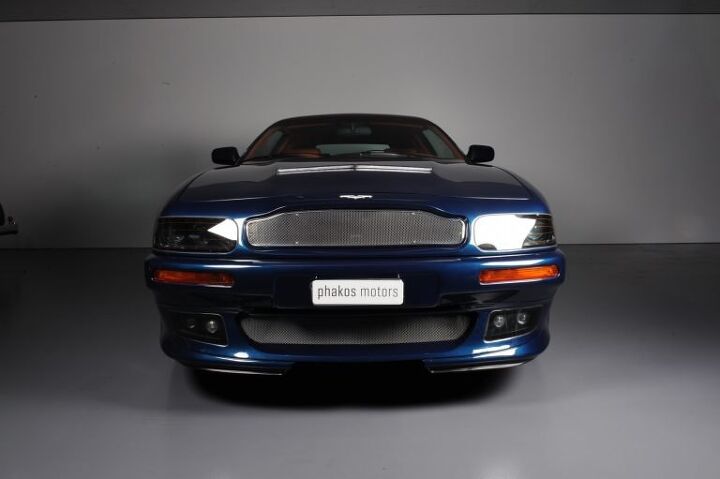


















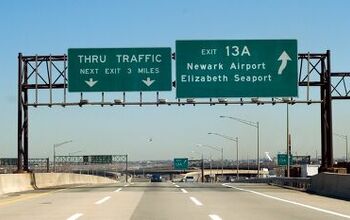
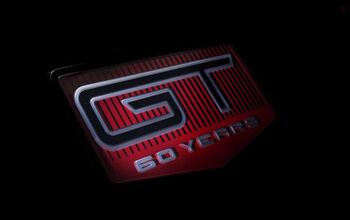
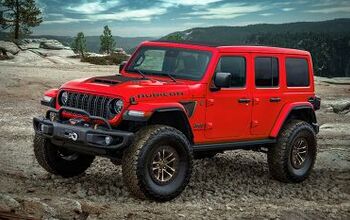
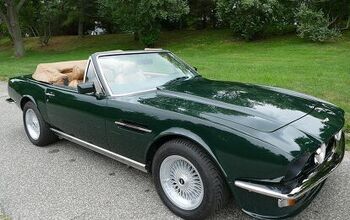
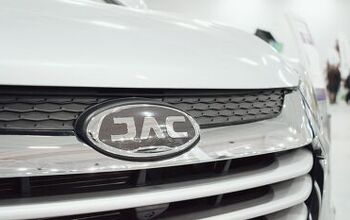

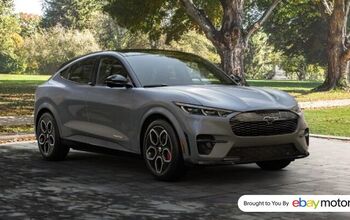

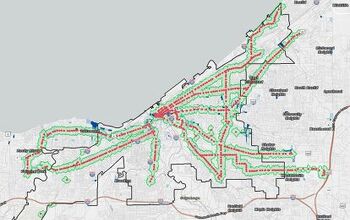

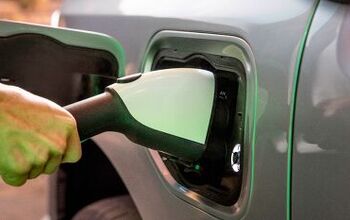
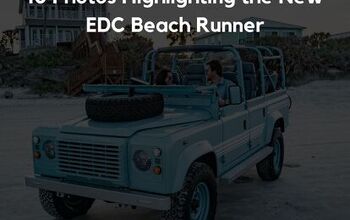


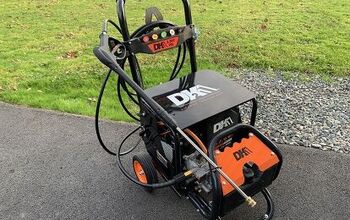
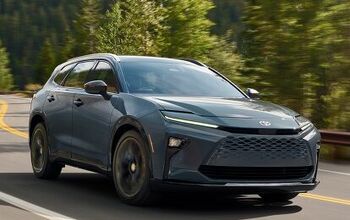
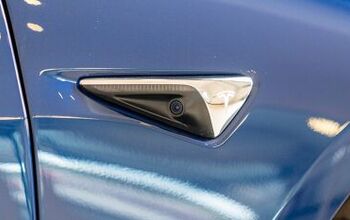
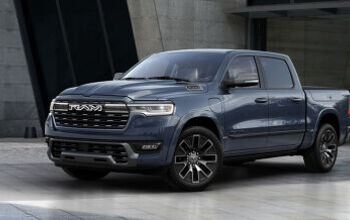
Comments
Join the conversation
British-English lesson for Tuesday: Bespoke = Cobbled
Surely they could have done better than the $59 Best Buy special Alpine! I'd still love this thing just for the 100% oddness of it. It's like the interior "designer" just threw stuff in the air and installed it where it landed. Kind of makes a 1980s era Citroen look normal.